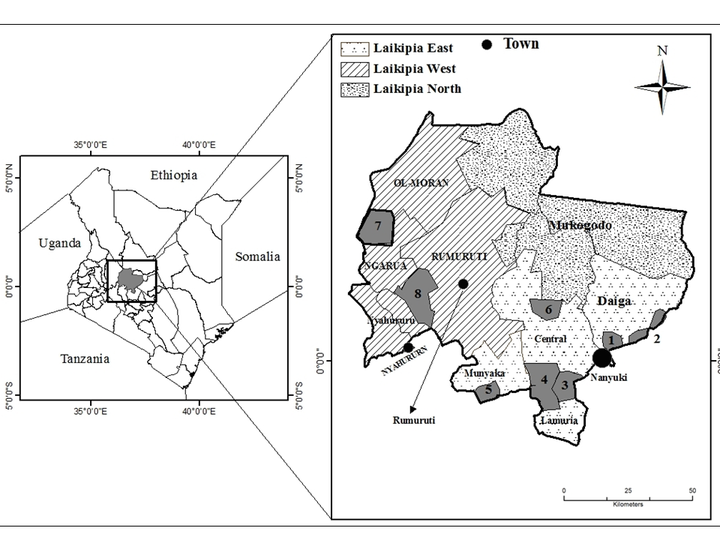[7] Adaption to climate change: a case study of two agricultural systems from Kenya

Abstract
This study contributes to a better understanding of climate change adaptation by investigating different farming systems and by including cognitive factors as explanatory variables. We compared a food crop and a horticultural farming system, regarding applied adaptation measures and factors influencing adaptation. The data were based on a field survey of 267 smallholder farmers in Laikipia County of Kenya. A binary logistic regression was conducted against individual adaptation measures to identify determinants of adaptation. Adaptation measures employed by food crop farmers were mainly risk-reducing, such as mixed- and inter-cropping, planting early-maturing crop varieties and early planting. In contrast, horticultural farmers tended to focus more on intensifying crop production and applied crop rotation, irrigation and application of agro-chemicals, artificial fertilizer and manure. Factors positively influencing adaptation included access to extension services and risk perception among horticultural farmers, and access to workforce and farmers groups among food crop farmers. Furthermore, food crop farmers with access to less risk-prone income sources than agriculture seemed to have less motivation to adapt. The study showed that as climate change progresses, social differences between horticultural and food crop farmers are likely to increase, hence leading to inequalities in adaptation at local levels. Adaptation planners need to address these differences if sustainable adaptation is to be achieved.